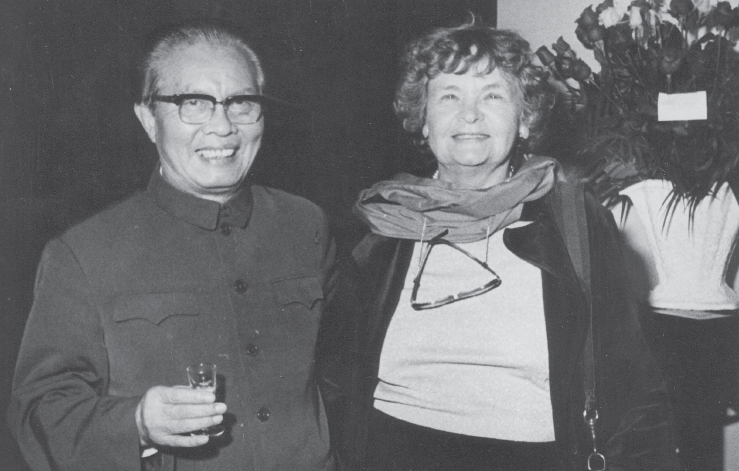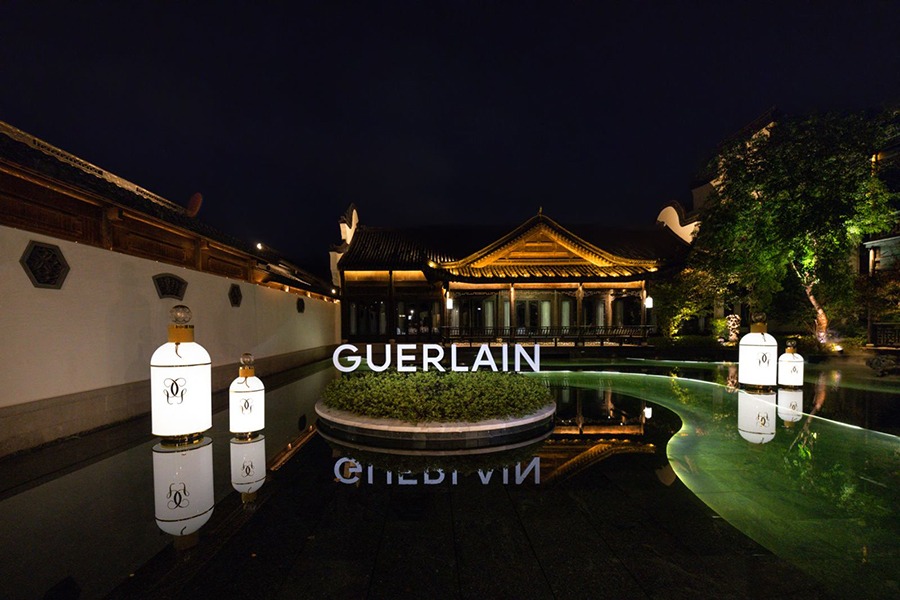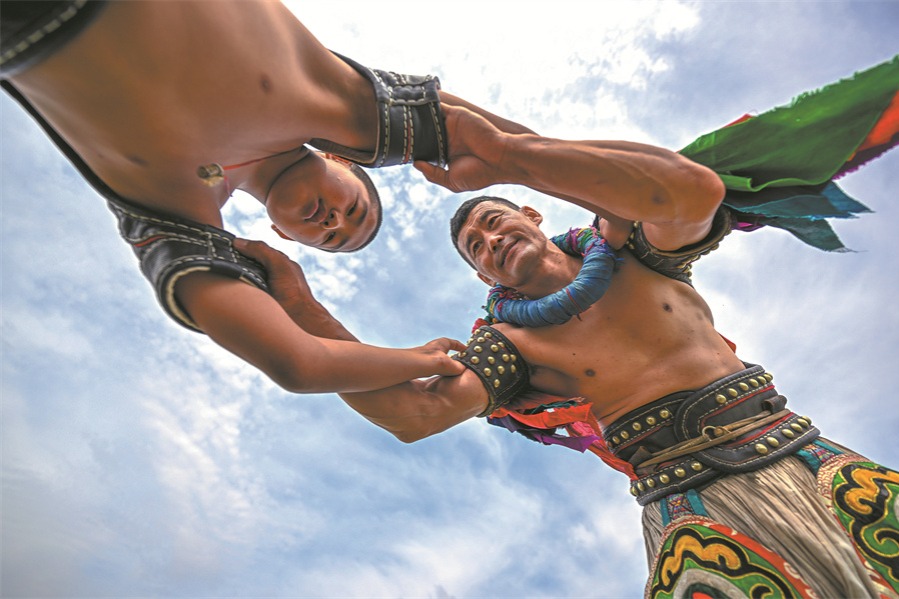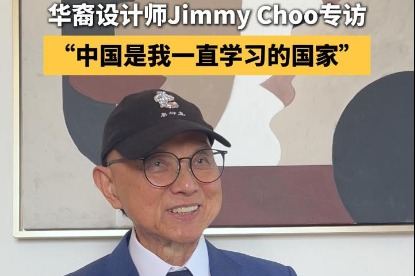Curating the legacy of 1930s eyewitness to a changing China


Snow proposed organizing Chinese Industrial Co-operatives (the Gung-Ho movement) to create jobs and income for Chinese people to gain economic power against the Japanese invaders.
The idea was supported by Mao as well as Nationalist leader Chiang Kai-shek. The model was later adopted in other countries, for example, by Mahatma Gandhi in India, where such organizations still widely exist today.
The Snows returned to the US in 1940 and got divorced in 1949. Helen Foster Snow lived the rest of her life in Madison, Connecticut. Much of her published books were based on materials she gathered in China in the 1930s. She traveled to China a couple of times after Nixon visited China in 1972.
Speaking of Snow's adventurous 10-year stint in China, John Foster said that his grandmother — Snow's mother — had influenced her in many ways.
"Her mother Hannah Davis Foster taught her to interview her relatives, take pictures of them and ask questions about their life stories. She really learned how to be a journalist from her mom.
"She taught Helen how to fish, how to farm and how to survive. Those skills translated when she visited the Communist pioneers in Yan'an. She could relate to that, she had done that," John Foster said.
Adam and John Foster saw parallels between their ancestors and the Red Army. "She could relate to the early Communist pioneers because she was from a pioneer family. The pioneers came to Utah to escape persecution because there was an extermination order in Missouri to kill any of the so-called Mormons. It's their long march of 1,300 miles to freedom," John Foster said.
Adam Foster believes that the reason Snow was so private about her involvement with China was due to the Red Scare during the McCarthy era.
"She was interrogated by the FBI. During that era, if you were caught with anything Communist, that was a scary thing. I think she didn't want to drag us into it to protect her family. Edgar had to leave the US and live in Switzerland. This is why not a lot of people know about her or Edgar Snow in the US," said Adam Foster.
When independent filmmaker Dodge Billingsley was hired by Brigham Young University (BYU) to make a documentary about Snow, he too did not know who she was. The two-year process of making Helen Foster Snow: Witness to Revolution made him intimate with her life story.
"What I like about Helen is that she was brave enough to go and do something different. China was going through some remarkable change at that time. I don't know if she knew what she stepped into; I doubt it, but she knew there was a lot going on there," said Billingsley.
Billingsley also read Edgar Snow's book Red Star Over China – the first major account by a Westerner of the birth of modern China. The book has been recently adapted into a movie in China.
"Her photographs really put Edgar and Mao together for the whole world to see, but she didn't get enough credit for it. Her contribution to understanding modern China was not as noticeable as Edgar's.
"I honestly feel bad for Helen because Edgar is a better writer and got more attention. That somewhat bothered her for her whole life just based on different writings and things I read," said Billingsley.
Billingsley found Snow to be fiercely independent, and that character lends an extra element to his documentary.
"She's ahead of the curve as far as women's studies went. Many universities requested the film obviously for Chinese history, but many other departments requested it for women's studies because she was a strong woman who went out and forged her own path at a time most women didn't. She was very independent for that time of the 1930s and 1940s," Billingsley said.
The institution that hired Billingsley to make the documentary is home to the largest collection of Helen Foster Snow's photographs, manuscripts, letters and more.



































